Tuberculosis continues to be a major health problem throughout the world affecting about 9.4 million people annually with about two million deaths. Over 95 % of new TB cases and deaths occur in developing countries with India and China together accounting for 40 % of the world’s TB burden. Tuberculosis infection doesn’t always remain restricted to the lungs but can also travel to other parts of the body such as bones, joints, urinary tract and genital tract, etc. If it reaches the genital areas of a woman, it could lead to infertility. In developing countries like India Genital tract tuberculosis is identified as an important cause of infertility.In such cases, IVF treatment from IVF centre becomes a ray of hope. Genital TB mainly affects females in the reproductive age group, but it is also reported in post-menopausal females.
How Genital Tuberculosis infection affects women’s chances of getting pregnant?
tuberculosis infection affects fallopian tubes, it may cause obstruction or dysfunction. This prevents the entry of fertilized egg into the uterus from tubes.
On the other hand, if bacteria erode lining of endometrium, it will become difficult for the fertilized egg to implant itself on uterus wall and hence again averting pregnancy.
Infection in the ovaries would affect quality of ovum or lead to failure in ovulation.
Infection in the cervix, vagina or vulva could also make chances of pregnancy bleak.
What are the symptoms of Genital tuberculosis?
Genital tuberculosis doesn’t show any visible symptoms usually. If a woman has suffered from pulmonary TB in the past then it can show following signs which can indicate sub-fertility. Irregularity in menstrual cycles such as suffering from scanty or heavy periods Pain and heaviness in the pelvic area Cysts in pelvic area
How can Genital Tuberculosis be diagnosed?
Female Genital TB is usually asymptomatic and hence gets diagnosed when a female presents with infertility and all other causes have been ruled out. Some tests used for diagnosis are:
endometrial biopsy culture of menstrual flow and laparoscopy polymerase chain reaction for the specific bacteria hysterosalpingographic study (HSG)
Treatment for Genital Tuberculosis
Usually treatment is by giving daily therapy of rifampicin (R), isoniazid (H), pyrazinamide (Z) and ethambutol (E) for 2 months followed by daily 4 month therapy of rifampicin (R) and isoniazid (H). Anti Tuberculosis Treatment (ATT) has an excellent recovery/cure rate, so patients should not lose hope after being diagnosed with the disease. Treatment must be given by an experienced physician and self medication is to be strictly avoided.
Post ATT treatment IVF-ET helps conceive if the endometrium of the patient is still healthy. However, if endometrium has been affected due to TB then adoption and surrogacy are the only options left. Best infertility clinic in Chandigarh, Panchkula and Mohali provide test tube baby treatment and surrogacy to such patients You can also visit our website Jannee Fertility Centre and follow us on Google Plus, Pinterest, Facebook, Twitter and YouTube for the latest blog on fertility issues. Keeping in view the increasing demand for a fertility specialist in Ropar, Dr. Nirmal Bhasin, Director Jannee Fertility Centre, has started Infertility OPD at Sangha Hospital. You will get the best treatment of in vitro fertilisation, Chandigarh. She and her team would be available there on every Friday of the month from 12 noon to 3 pm w.e.f. 9 December 2016.You can also visit our website Jannee Fertility Centre and follow us on Google Plus, Pinterest, Facebook, Twitter and YouTube for the latest blog on fertility issues.
Diminished Ovarian Reserve – What You Need to Know
Ovarian reserve can be defined as the quality and the quantity of the oocytes (eggs) in the ovaries. Diminished Ovarian Reserve (DOR) is defined as reduced capacity of the ovaries to produce oocytes (eggs). The oocytes produced by a woman with DOR are usually of poorer quality as compared to those produced by females with good ovarian reserve. Couples who are unable to conceive and plan to consult a fertility clinic must be tested for the female partner’s ovarian reserve. IVF clinics in Chandigarh conduct this test when a patient initially comes for a consultation. Age of the female is the one of the most important factors in determining the quality and quantity of oocytes produced in an IVF cycle. This directly affects the chances of pregnancy. As a woman grows older, her ovarian reserve and her ability to conceive decrease both in natural cycle and assisted reproductive techniques cycle.Decline in the ovarian reserve may put a woman at risk of poor performance in assisted reproductive techniques like IUI, IVF (test-tube baby). The most severe form of Diminished Ovarian Reserve (DOR) is represented by Premature Ovarian Failure (POF – Early Menopause) in young females.Nowadays, with the increase in success rates of cancer treatment in children and in young women, the incidence of POF is rapidly rising. Age is considered to be the main cause of reduced ovarian reserve in a woman over 40 years of age, but as it is known, a premature reduction of ovarian reserve can also occur in young age. POF can occur spontaneously which is primary POF, or can be secondary to the consequence of chemotherapy, radiation, or surgery. Primary POF is because of unknown reasons in about 90% of cases.
RISK FACTORS & CAUSES OF EARLY MENOPAUSE/ POF
Cigarette smoking
Hypothyroidism (Increased TSH)
Diabetes Mellitus
Rheumatoid Arthritis
Ovarian Surgeries
Chemotherapy
Infections like Herpes and Mumps
HOW TO DIAGNOSE DIMINISHED OVARIAN RESERVE (DOR)
Most of the women with DOR have normal menstruation at the time of diagnosis. However, some may experience decreased menstrual flow or delayed cycles. Ultimately, DOR may result into early menopause or POF. Such patients may present with symptoms of flushing and sweats, depressive mood, and vaginal dryness.
Ovarian Reserve may be diagnosed based on:-
Absence of periods for more than 3 months
High levels of Follicle Stimulating Hormone (FSH)
Low estrogen levels
Low AMH level
Low Antral Follicle Count (immature eggs count in ovary) through Ultrasound
The assessment of ovarian reserve has an important role in the management of patients with infertility. Clinically, the patient’s age and menstrual cycle pattern give a fair idea about the patient’s ovarian reserve.
CAN PATIENTS WITH DIMINISHED OVARIAN RESERVE CONCEIVE?
The only method of achieving pregnancy in DOR patients is by means of assisted reproductive techniques like – Artificial Insemination (IUI), In Vitro Fertilization (IVF), and In Vitro Fertilization with Donor Eggs. Women with severely DOR or POF benefit best by donor oocyte program.To conclude, it is always wise to predict the patients likely to have a compromised ovarian reserve and provide proper counseling about the available options. A heartwarming emotional support by the treating doctor at Test Tube Baby clinics in Chandigarh provides miraculous psychological benefit to the patients.You can also visit our website Jannee Fertility Centre and follow us on Google Plus, Pinterest, Facebook, Twitter and YouTube for the latest blog on fertility issues.
In-vitro fertilization is a complex series of procedures used to treat fertility and assist with the conception of a child. It is the most effective form of assisted reproductive technology. The process is comprised of three phases, ovarian stimulation, egg retrieval and embryo fertilization & implantation. Each of these phases is comprised of multiple steps to facilitate conception, pregnancy, and the birth of a healthy baby. It is important that couples exploring in vitro fertilization in Chandigarh as a fertility treatment option have a clear picture of what the IVF process and timeline look like. Here is a detailed outline of step-by-step IVF cycle timeline.
Step 1- Menstrual Cycle Suppression
The start of your menstrual cycle will trigger the start of your IVF cycle as your body gears up for its natural ovulation process. In most cases, once the periods begin, the doctor will administer oral contraceptives that help to regulate hormone level and also limit any potential cysts from developing. The oral contraceptives are typically taken for 2-4 weeks. In addition to contraceptive, you will also be daily given injections of Lupron, which completes the pre-stimulation ovarian suppression and is used for 2 weeks.
Step 2- Ovarian Stimulation
When your ovaries and hormones are in sync, then you are ready to begin the ovarian stimulation process. The ovaries are primed to release multiple viable eggs in order to create healthy embryos. The process is done using fertility hormone injections which consist of Follistim, Manopur, Gonal-F, Bravelle, Repronex or a combination of these injections. Ovarian stimulation lasts between 8-12 days. The process is monitored via estrogen levels and ultrasound. When the egg follicles are mature, Human Chorionic Gonadotropin (HCG) injection is given to stimulate the egg release. Timing is essential as eggs need to be retrieved 36 hours after HCG.
Step 3- Egg Retrieving
The process is performed under anaesthesia because it is mildly invasive. The process is also known as Ultrasound Directed Follicular Aspiration (UDFA). This allows the doctor to delicately remove the available ripe or viable eggs. When you wake up, the doctor will tell you how many eggs were retrieved.
Step 4- Egg Fertilization
Sperm is required to fertilize eggs. If you are using your partner’s sperm, he would have already provided the sample or can be scheduled to provide the same day as your eggs are retrieved or donor sperm can also be used. The eggs are fertilized within hours of retrieval. It takes 3 days for embryos to mature and then tested for genetic viability. Results are obtained between 24 and 48 hours. If the viable embryo is present, you will be scheduled for embryo transfer.
Stage 5- Embryo Transfer
This is where it really gets exciting. At this point, the viable embryo will be transferred to your uterus. You won’t need to be anaesthetized as the doctor uses tiny, slender tube to transfer a 3-day to 5-day old embryo into your uterus. If there are spare viable embryos, they will be cryogenically frozen for future use if needed.
Stage 6- Pregnancy Testing
The tiny embryo will float around in your uterus and can take up to a week to attach to the uterine lining. Implantation stimulates pregnancy hormones which are required to signal that you are pregnant. You will be tested for pregnancy on day 15 after embryo transfer to check if it is implanted. You will be given progesterone suppositories throughout the 1st trimester to help diminish chances of miscarriage.The above is a general overview of the IVF timeline. These times can vary according to your particular infertility diagnosis, your body’s hormone level and its response to various treatment steps. Are you interested in learning more about in vitro fertilization treatments in Chandigarh and whether or not they are right for you? Contact Jannee Fertility Centre to schedule a consultation.


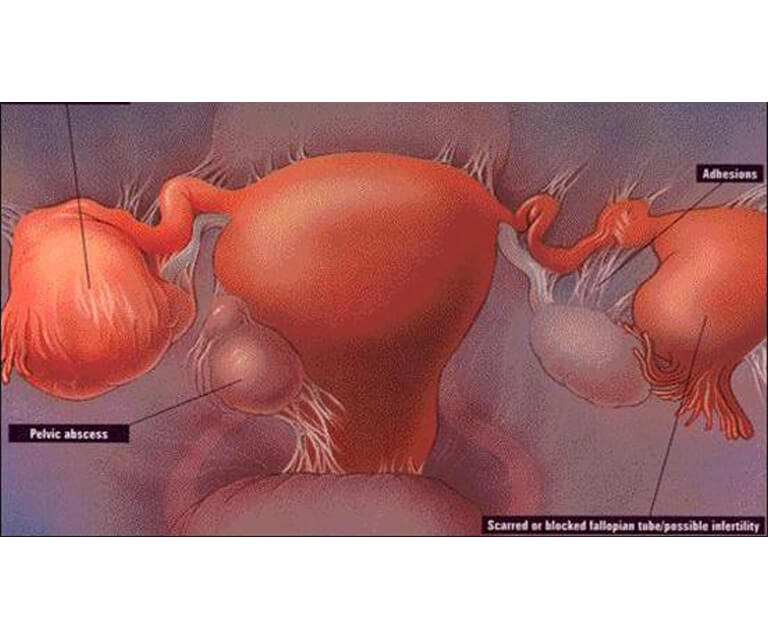
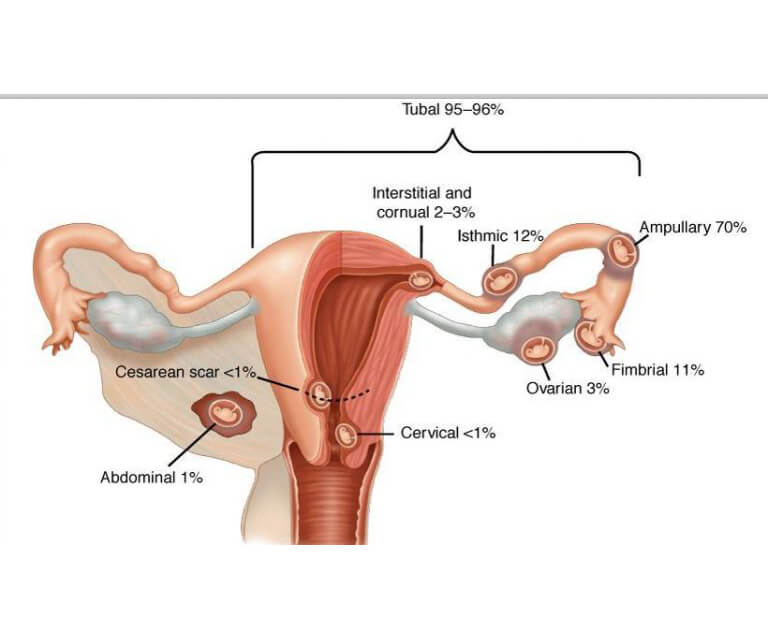
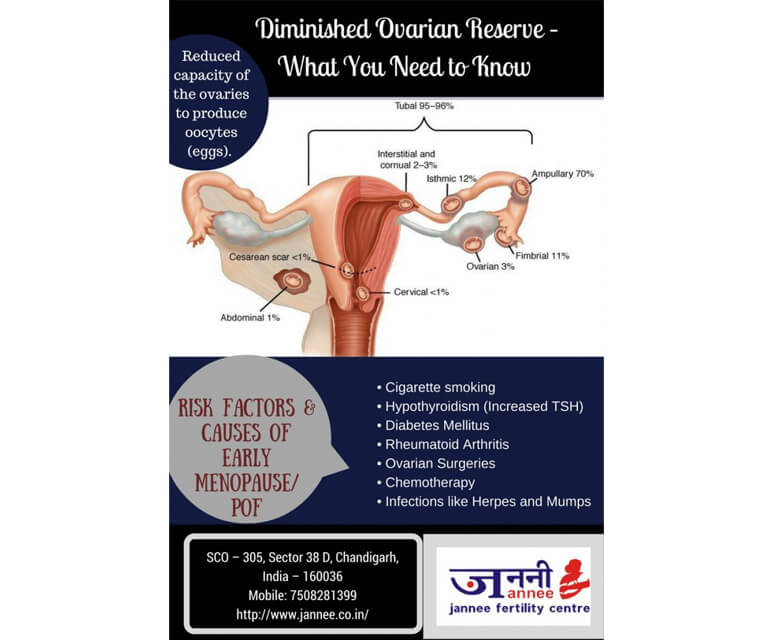
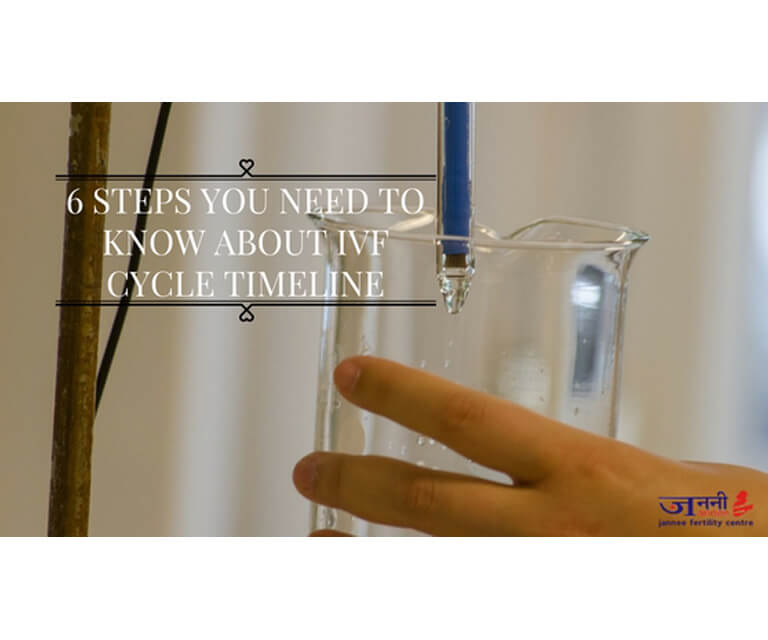
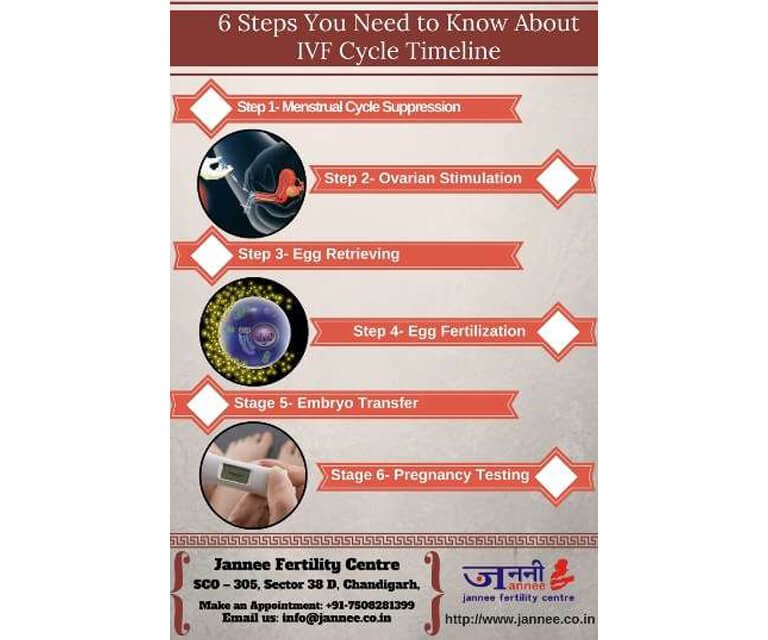
© 2022 Jannee Fertility Centre. All Rights Reserved.
Designed by AMS Informatics